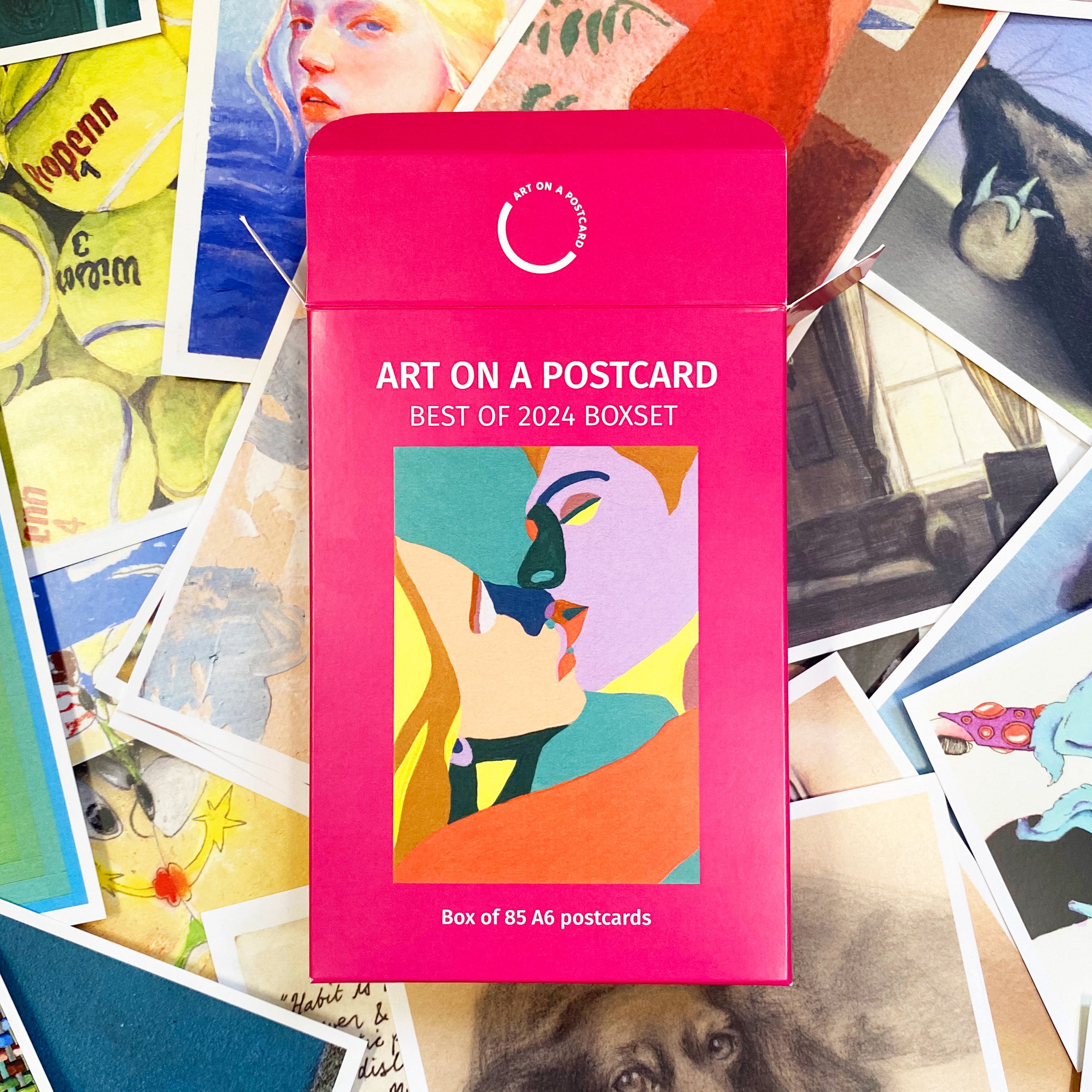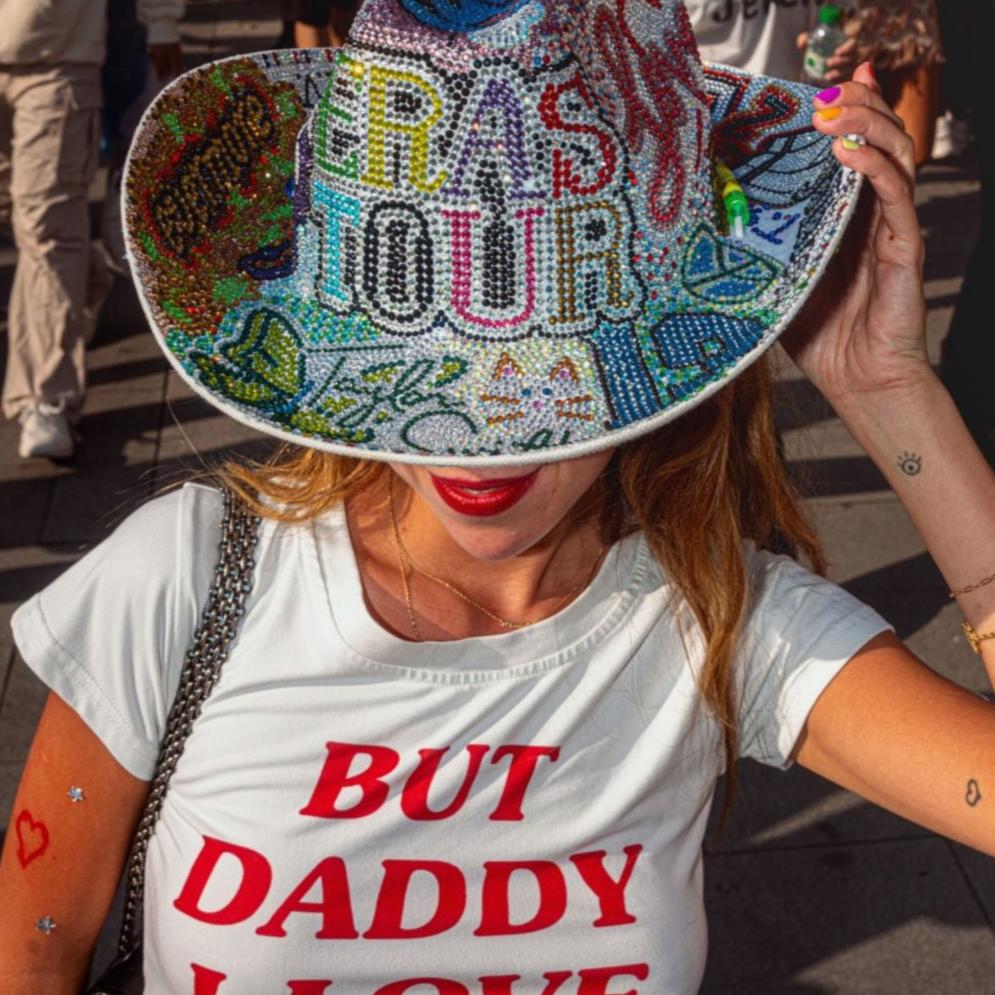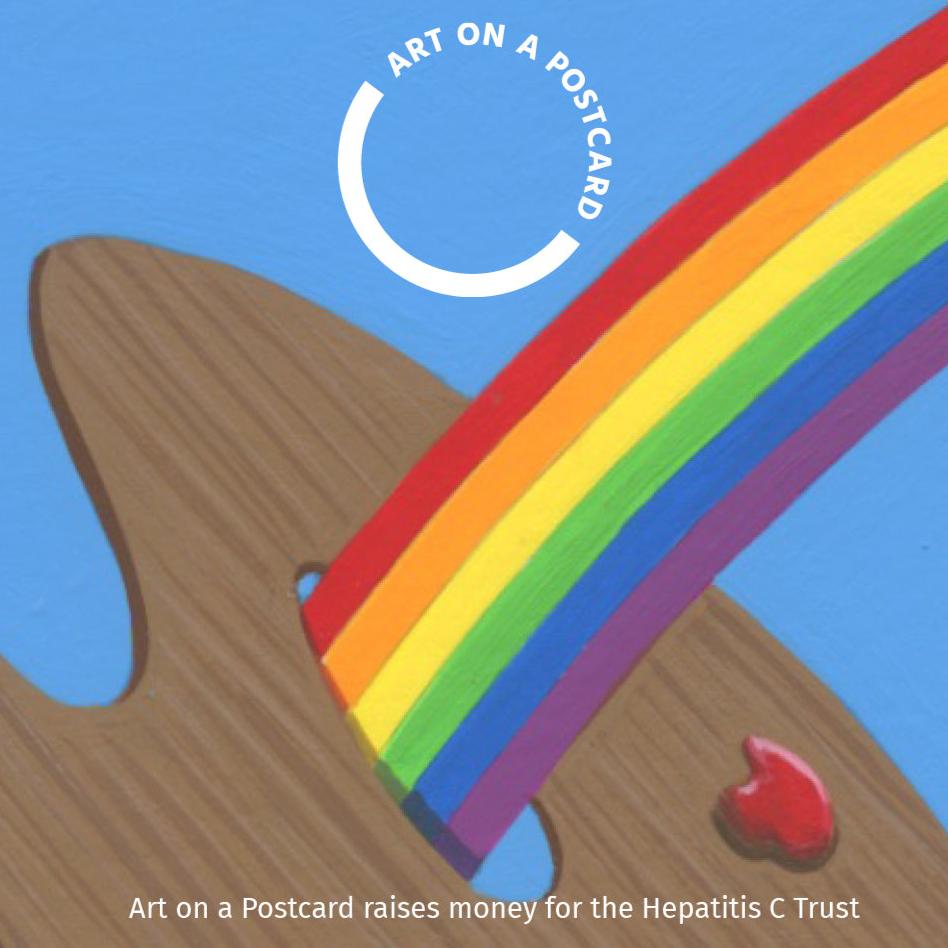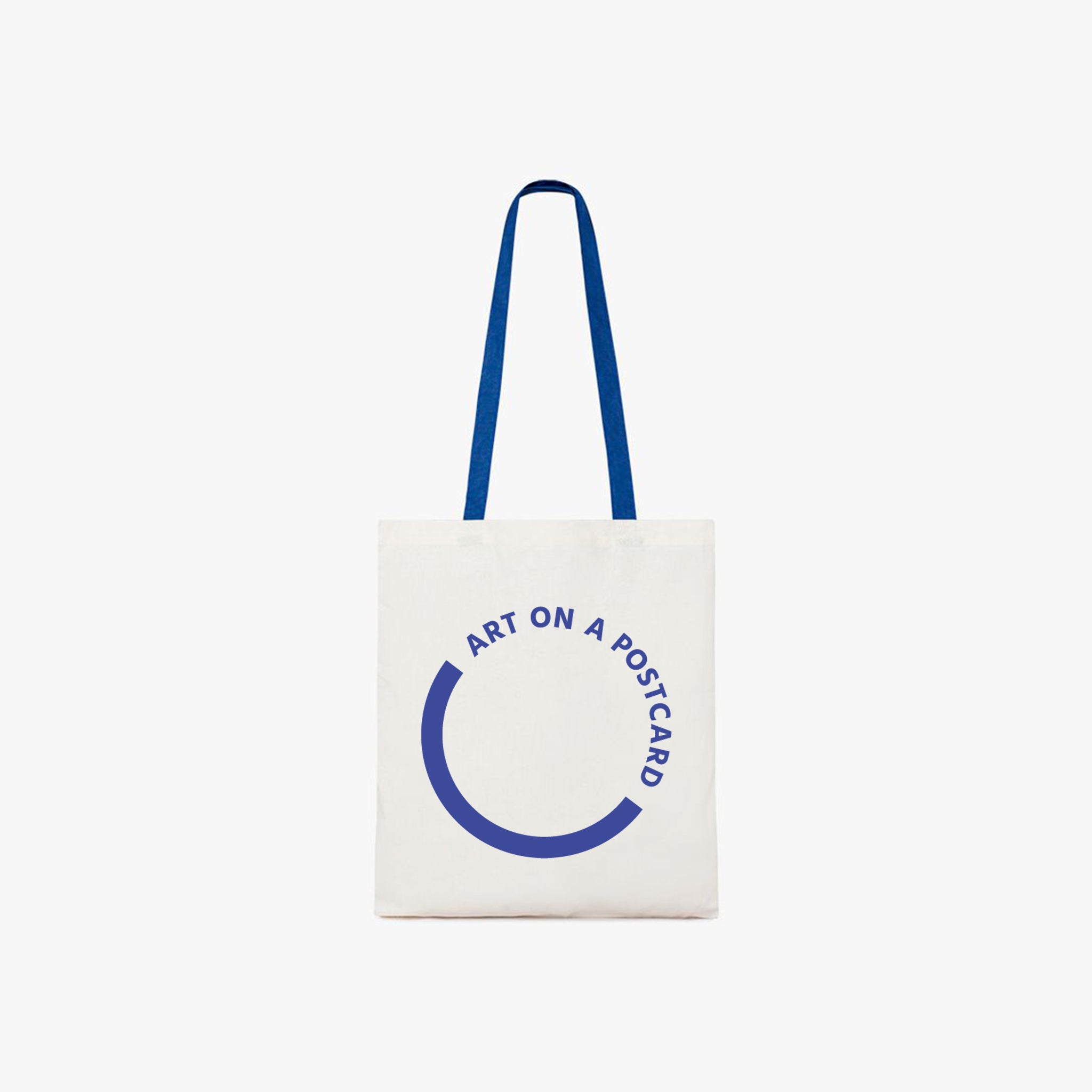Photography is a medium of moments; that’s the way it works.
But what I’m interested in are images that attempt to last forever.
— Miles Aldridge
Miles Aldridge was born in London in 1964. He studied at Central St. Martins and after graduating worked briefly as an illustrator before coming to photography. His photographs have appeared in museum and gallery exhibitions worldwide including in 2013 a major retrospective of his work entitled I Only Want You to Love Me 2013 at Somerset House.
Known for his precision and humour, Aldridge is often admired for the artificiality of his art. “The entire world is artificial,” the artist says, dryly. However, that doesn’t mean he actually finds his exaggerated images in reality. His work tells stories relating to the themes of the household, glamour, and splendour. Despite all the beauty, polish, and the predominance of extreme colours, there is something sombre about his work, making the viewer acutely aware of the transience of it all. Rather than just trying to capture a fleeting moment, Aldridge, like a painter, selects the exact instant that will be meaningful to the viewer – the instant the poses questions that will still be relevant in many years.
A perfectionist, Aldridge meticulously prepares his pieces. From the set to the model, everything is thought-out and exactly planned. Sketches help him to arrive at the final compositions, which he shoots again and again until he captures absolutely everything just as he imagined it: the movement, the background, the facial expressions, the angle, the foreground. On principal, Aldridge abstains from digital photography and continues to do everything the way he always has: analogue.
In 2014 he was invited by Tate Britain to create a photographic installation entitled Carousel as a response to Mark Gertler’s unsettling 1916 painting, Merry-go-Round. Carousel utterly submerges its audience into the compellingly false and alluringly flawless, dreamlike world of Miles Aldridge. His works are uncanny cinematic fabrications saturated in grotesque decadence, ever masked by a deceptive curtain of kitsch femininity.
Within his works narrative series of images develop through careful story boarding, with the clothes chosen only as a supplementary addition. Location is key, with sets ranging from garish motel rooms to sophisticated Parisian restaurants, and props from squeaky rubber lilos to greasy fried eggs. Every element is pre-determined, each series criticising an aspect of contemporary culture – consumerism, wealth and loneliness – negative comments almost completely disguised by layers of neon lipstick and vain facade.
There are several monographs on his work, including Pictures for Photographs (2009), Other Pictures (2012); and his most recent book Please return Polaroid (2016) which chronicles his creative process through an analysis of his preparatory Polaroids.
He has become famous around the world, and his work has been published in all of the important magazines from VOGUE to The New York Times. Aldridge’s works are in the permanent collections of large museums such as London’s National Portrait Gallery and Victoria & Albert Museum.

Miles Aldridge for Photography on a Postcard












